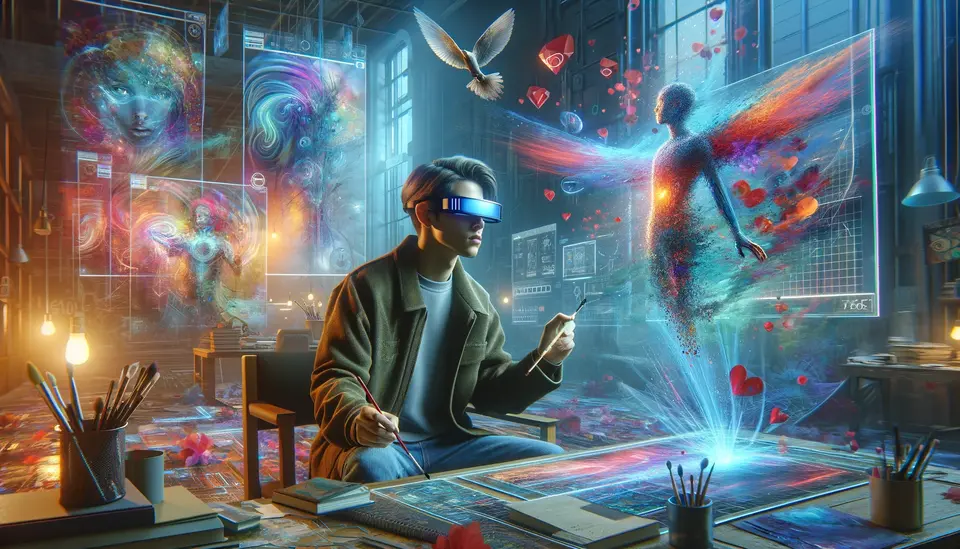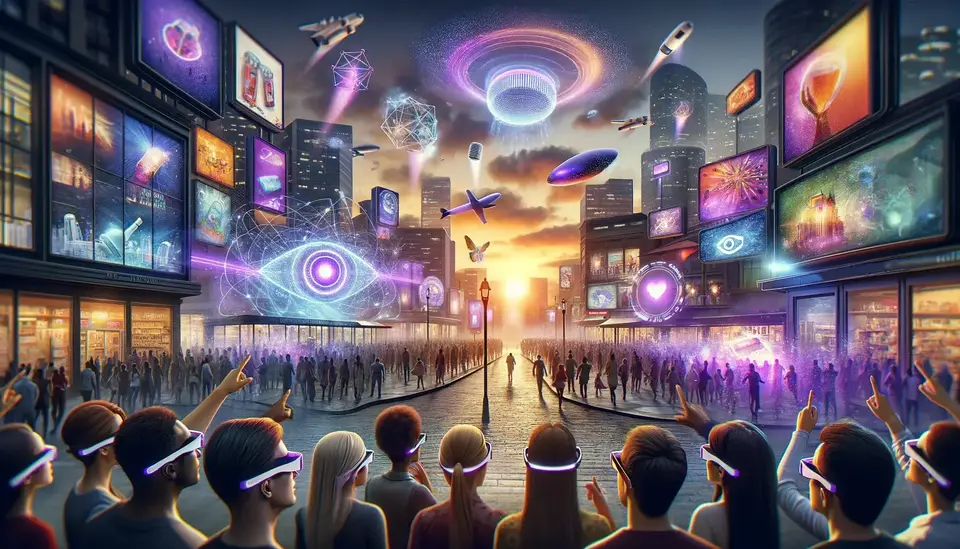The History of Augmented Reality (AR)
Posted on March 22, 2023 3 minutes 588 words
Table of contents
Augmented Reality (AR) has become an integral part of our lives, merging the digital and physical worlds to create immersive experiences. From gaming to retail and healthcare, AR has found applications in various industries, transforming the way we interact with our surroundings. In this blog post, we’ll take a journey through the history of AR, exploring its origins, milestones, and future possibilities.
Early Beginnings: The Conceptualization of AR
The seeds of AR were planted in the late 1950s when Morton Heilig, a cinematographer, invented the “Sensorama.” This immersive theater experience featured 3D images, sounds, vibrations, and smells to engage multiple senses simultaneously, foreshadowing AR’s multisensory potential.
In 1965, computer scientist Ivan Sutherland envisioned the “Ultimate Display,” a system capable of simulating reality to the point where it would be indistinguishable from the physical world. He went on to create the first head-mounted display, laying the groundwork for modern AR devices.
Pioneering Developments in the 1990s
The term “Augmented Reality” was coined in 1990 by Boeing researcher Tom Caudell while working on a system to assist aircraft electricians. In 1993, Steven Feiner, Blair MacIntyre, and Doree Seligmann developed KARMA (Knowledge-based Augmented Reality for Maintenance Assistance), marking a significant milestone in the practical application of AR technology.
The 2000s: Expansion and Innovation
The new millennium witnessed an explosion of AR research and applications. In 2000, Hirokazu Kato released the open-source ARToolkit, allowing developers to create AR applications more easily. This period also saw the introduction of innovative AR experiences, such as the Human Pacman game (2004) and the Touring Machine, a wearable AR system for tourists (2005).
Mobile devices also played a significant role in AR’s expansion. Nokia’s AR Browser, released in 2005, enabled users to view digital information overlaid onto the real world through their smartphones.
The 2010s: AR Goes Mainstream
AR gained widespread recognition with the launch of Google Glass in 2013. Despite its limited commercial success, it paved the way for devices like the Microsoft HoloLens (2015), which offered advanced AR capabilities for both consumer and professional use.
AR also made a significant impact on the gaming industry, with Pokémon GO (2016) becoming a global phenomenon and introducing millions of people to the world of AR.
Industry Applications and Adoption
AR has revolutionized various industries, including retail, healthcare, education, and entertainment. Examples of AR applications in these fields include IKEA Place, which allows users to visualize furniture in their homes before purchasing; AccuVein, which assists healthcare professionals in locating veins for injections; and Google Expeditions, which offers immersive educational experiences for students.
The Future of Augmented Reality
As AR technology continues to evolve, its potential to transform our lives grows. Current trends, such as the development of AR contact lenses, signal even more seamless and intuitive interactions with the digital world. The convergence of AR with other emerging technologies, such as artificial intelligence and the Internet of Things, is set to shape a future where our digital and physical realities are inextricably intertwined.
Conclusion
From its humble beginnings as a concept in the 1950s to its current mainstream popularity, AR has come a long way. As we continue to innovate and explore the possibilities of AR, the technology promises to redefine our relationship with the world around us, creating new experiences and opportunities in various fields. The future of Augmented Reality holds immense promise, with endless possibilities for enhancing our daily lives, revolutionizing industries, and creating new, immersive experiences that will redefine our understanding of reality.








